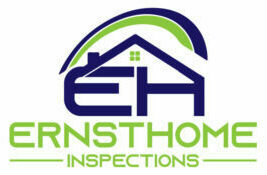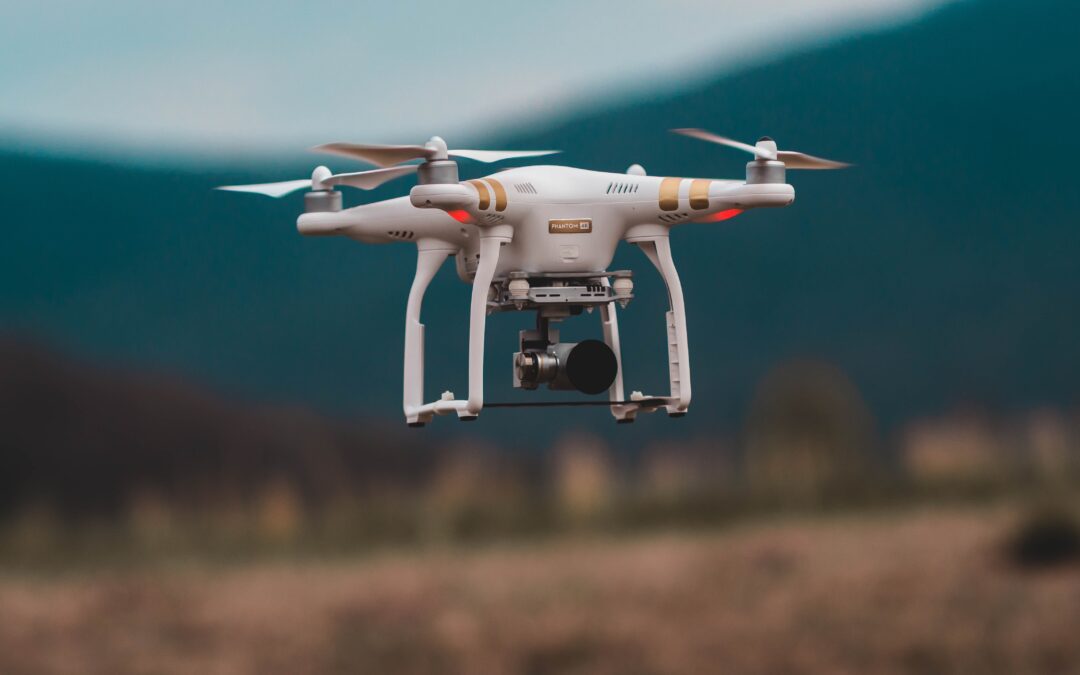Technology is changing the way we do pretty much everything from ever more sophisticated smart devices to technology that is cheaper and more accessible. Every industry is affected. Home inspections are no different, with technological solutions becoming widespread in recent years.
So what is coming next for home inspections, and is it just technology?
The next big thing, Drones!
The next big thing for home inspections is undoubtedly the use of drones.
Drones are no longer just for professional photographers. In the last few years, they have become accessible by pretty much anyone, both in price and regulations. And drones now offer home inspectors an opportunity that we have never had before.
Flying a drone above a house and around the property gives the ability to see structures like never before. High-quality drones can provide high-resolution images and video of roofing and detached structures, as well as property upgrades that might otherwise be difficult to see, which means your home inspector can identify potentially costly defects that otherwise would go undetected, at a fraction of the cost of in the past.
Future home inspectors will never have to set foot on a roof, saving time and energy while ensuring safety for inspectors and keeping costs down for buyers.
Drones for Ancillary Inspections
In the past, home inspections were not able to give completely accurate information about the presence of pests, hot and cold spots, or asbestos. But thanks to technology, ancillary inspections can be done cheaper and quicker than ever.
In the past, home inspections relied on handheld devices, and elaborate test kits to check for hidden hazards and energy efficiency issues in the house. Spotting pest infestations relied on inspectors spotting evidence of pests and then accurately identifying the entry point.
These old-school techniques meant a lot more time for the inspection, costing buyers more money.
Now, home inspectors can use infrared thermography to identify these issues.
And most excitingly, this technology can now be integrated with a drone.
Drones with thermal sensors give home inspectors a new way to get accurate information on a home quickly, with the results going directly to their phone.
Using infrared thermography with a drone means home inspectors can quickly identify hot and cold spots in all weather. They can accurately spot areas in the home where heat enters in summer and where it leaks out in winter.
Infrared thermography also allows home inspectors to spot pest entry points.
Finally, some of the most advanced drones can review home electrical wirings, such as fuses and breaker panels, which gives even more insights on possible risks or issues.
This information then allows buyers to either make an informed decision on their purchase or fix emerging problems before they escalate.
What’s Coming Next?
As technology continues to develop, home inspectors will continue to have access to new and ever-improving ways to deliver inspections, keeping costs reasonable for buyers while giving peace of mind that their new home is free of hidden defects.

